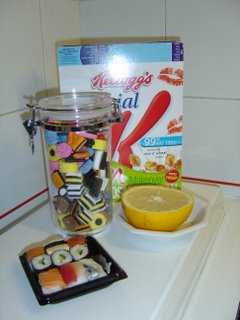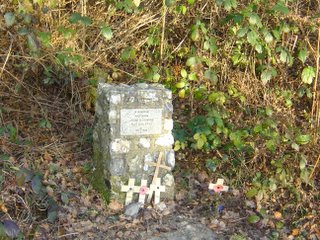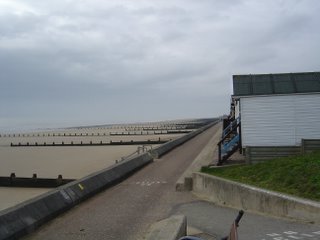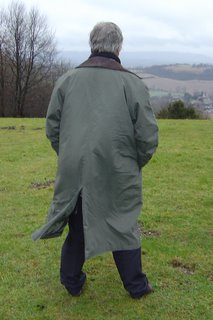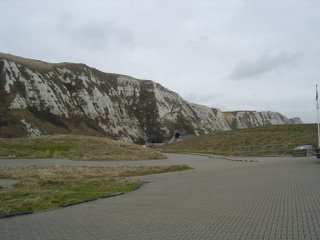
The wife and I went to France at the weekend using my £19 each way Speedferries tickets. Utterly punctual, clean and efficient in each direction, the Australian-built hovercraft “Speedferries One” shuttles back and forth from Dover to Boulogne and there is talk of a “Speedferries Two” joining the fleet in a few months. It makes a pleasant change from the monotony of the channel tunnel crossing, especially as you are allowed outdoors during the crossing to get the wind in your face and a proper feel for the sea.
The only slight drawback is that Speedferries have a small number of crossings each day so if you arrive early you have to hang around a bit – unlike the tunnel where you stand a good chance of getting aboard an earlier train. Having arrived early for our outward crossing we sniffed around for some entertainment in the region and found the strange Samphire Hoe, an area of natural beauty nestling at the foot of the towering cliffs (signposted off the main A20 a mile outside Dover heading towards Folkestone).
Being an Essex boy Samphire Hoe is my sort of place. In the way that Essex gravel pits get turned into golf courses, so this little strand of Kent has been shaped(and re-shaped) by man over the past two hundred years. At first glance you see (and read on the information boards) that the area has been recently formed from the 4.9 million cubic metres of chalk marl which were excavated during the construction of the channel tunnel (our side only). The marl has been carefully landscaped to make joyful nature trails amongst the hillocks and there is a café/tourist centre in the parking area as well as a memorial to those who lost their lives during the building of the tunnel.
A bit more research however reveals that this is also the site of an ill-fated coal-mining operation which lasted from 1895 to 1921 during which time only 120 tons of coal were produced. Before that there had been an early Channel Tunnel attempt by a Colonel Beaumont in 1845. This went 2000 yards before the project was abandoned, perhaps over concerns that the French would use the tunnel to launch an invasion (damned right they would). A couple of years before the tunnel attempt a huge section of the cliff had been dynamited out to provide the platform for the Folkestone-Dover railway which is still used today. More recently in the 1970s the existing single-track road tunnel through the cliff from the A20 was created and an earlier version of the Channel Tunnel was attempted. This time only 300 meters were excavated before the government withdrew funding.
I haven’t had time to figure out the channel swimmers who might have set off or landed at that point, or the early aviators in their flying machines. I did find out that Samphire Hoe is nicknamed Fisherman’s Foe by local anglers (because of the way that the chalk marl cuts away fishing tackle), and that it is a fairly good area for shipwrecks. All-in-all a pretty full history for a nature conserve.
